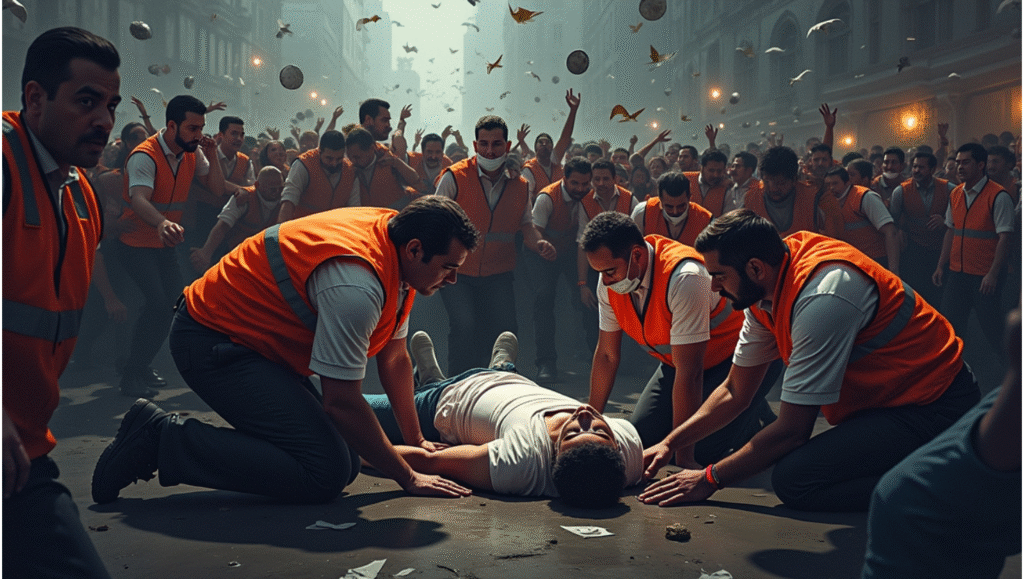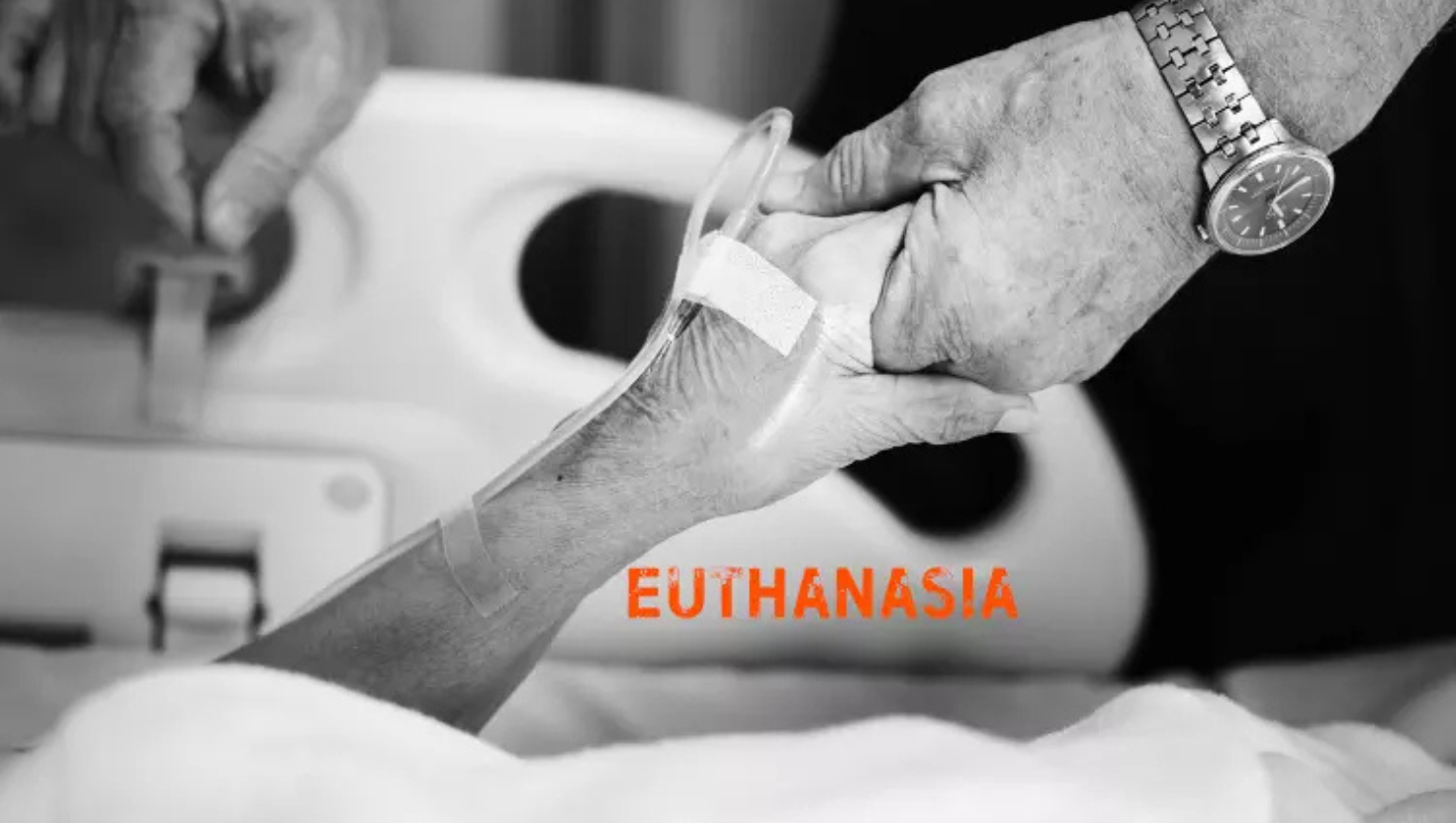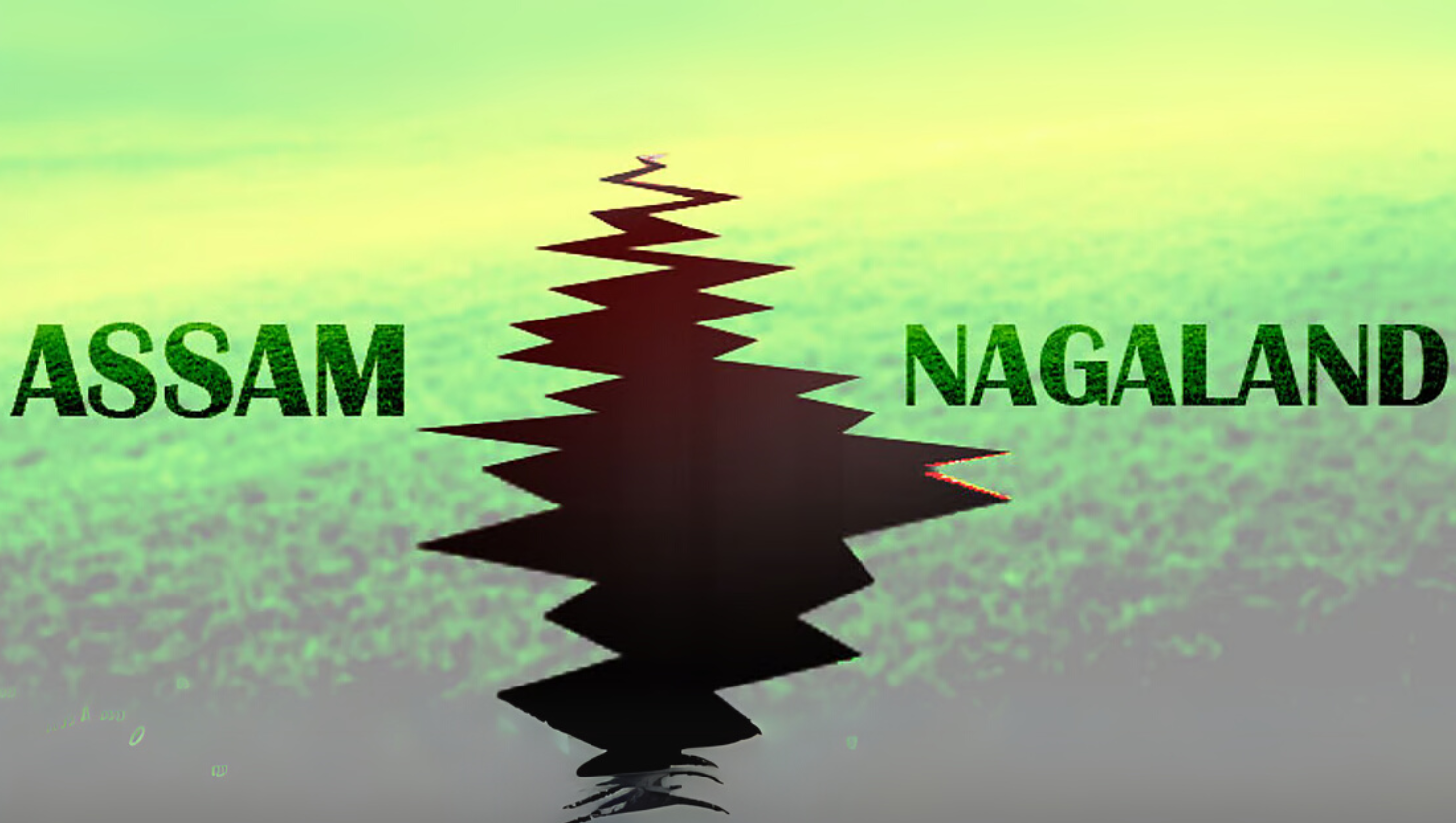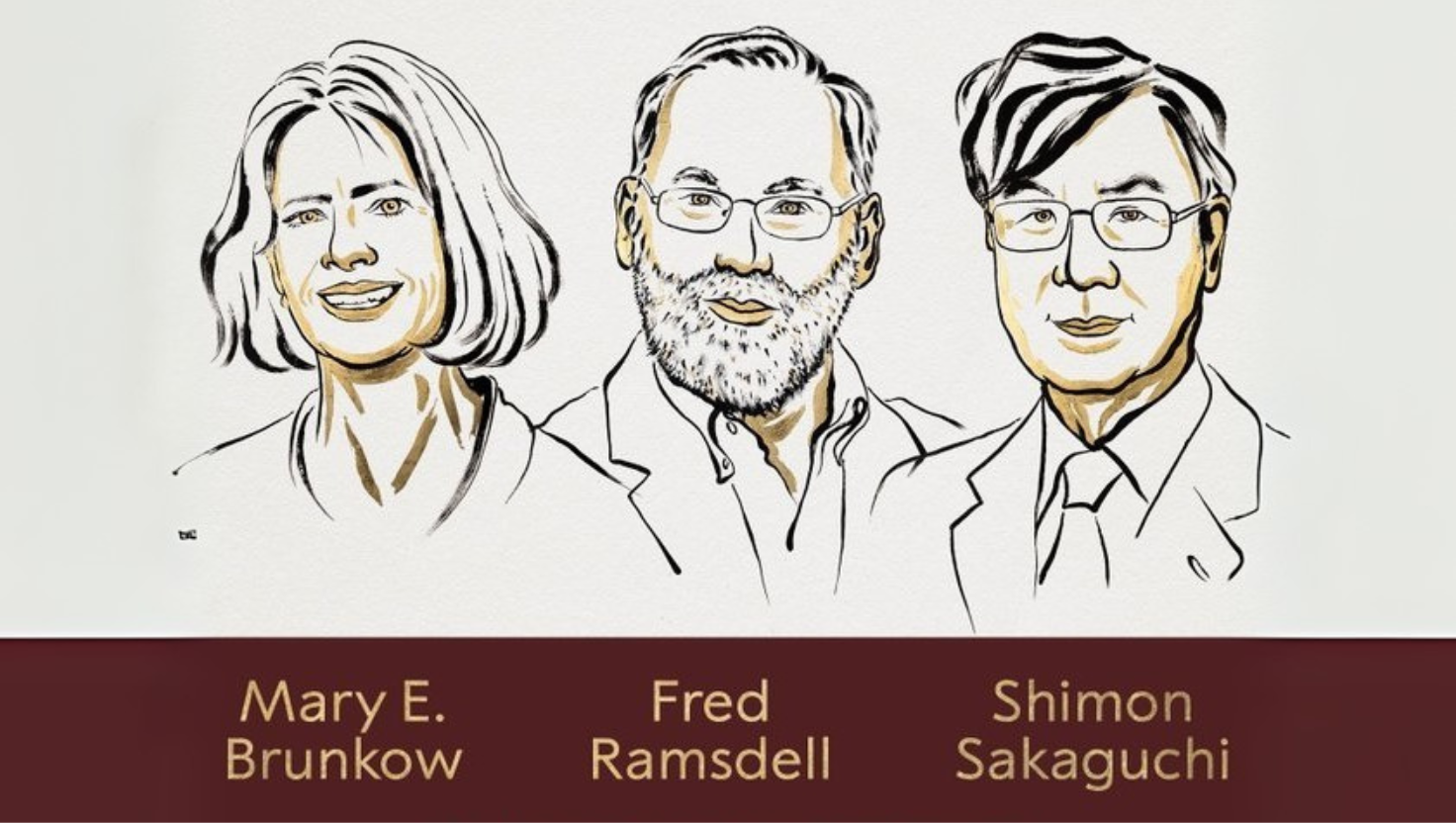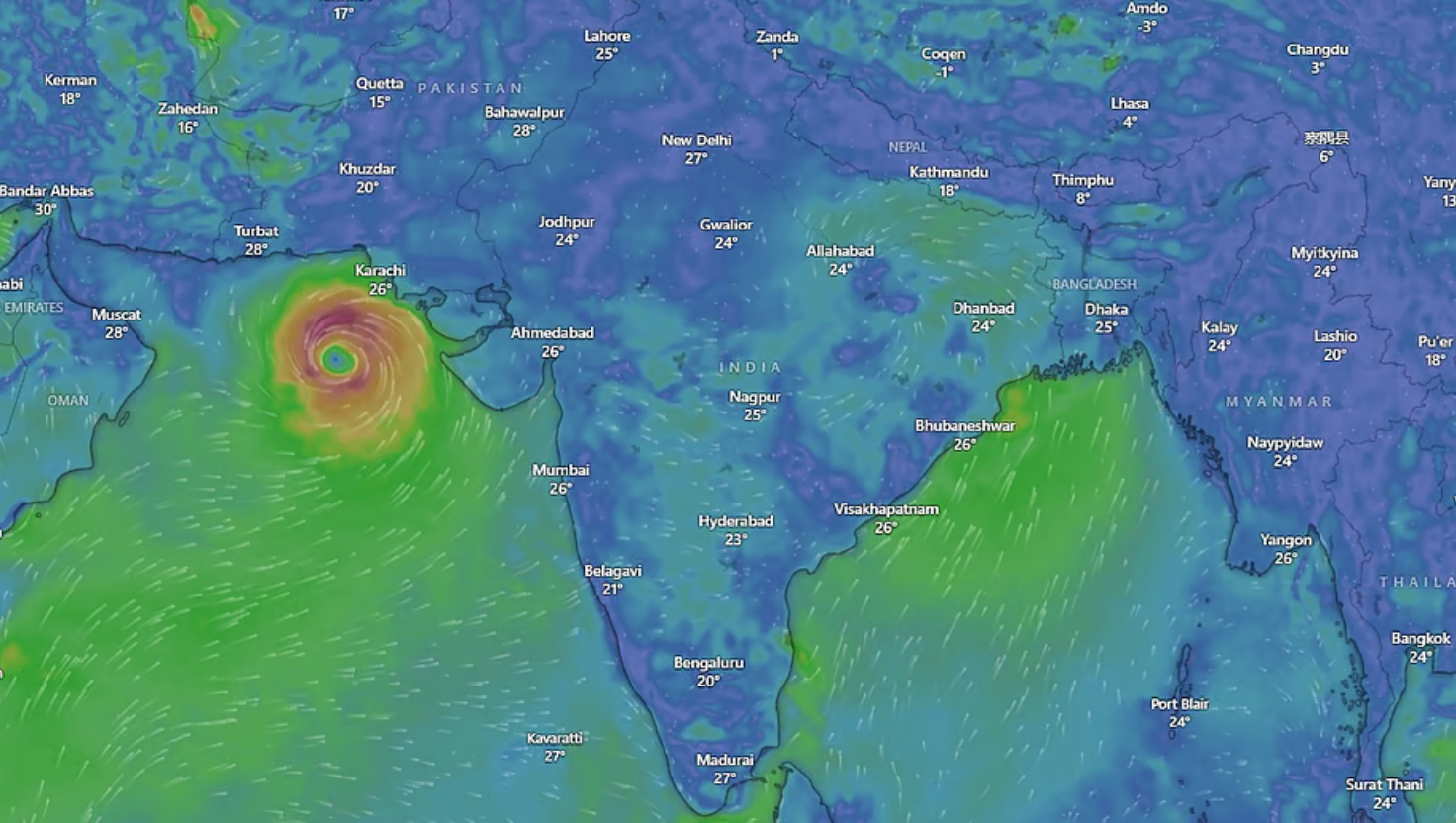Compressive Asphyxia: Understanding Crowd-Related Oxygen Deprivation
Syllabus: Science & Technology – Health (UPSC Prelims)
Source: TH
Context
A tragic stampede at actor-politician Vijay’s rally in Karur, Tamil Nadu, resulted in 41 deaths, including nine children. Most fatalities were caused by compressive asphyxia, a life-threatening condition caused by oxygen deprivation in overcrowded situations.
Understanding Compressive Asphyxia
Definition:
- Compressive asphyxia is a type of mechanical asphyxiation where pressure on the chest or abdomen prevents the lungs and diaphragm from working properly, reducing oxygen supply to the body.
How It Happens:
- Common in stampedes, crowd crushes, or heavy objects pressing on the torso.
- In very dense crowds (6–7 persons per square metre or more), chest compression restricts breathing by limiting diaphragm movement.
Symptoms
- Shortness of breath and chest tightness
- Dizziness or fainting
- Bluish skin or lips (cyanosis)
- Severe cases can lead to hypoxia (low oxygen), hypercapnia (CO₂ build-up), unconsciousness, organ failure, and death
Treatment and Management
- Immediate Response:
- Remove the person from the crowd or crushing force
- Provide oxygen support and initiate CPR if necessary
- Hospital Care:
- Ventilation support
- Treatment for organ damage
- Monitoring for respiratory and cardiovascular complications
Conclusion
Compressive asphyxia highlights the dangers of overcrowding and poor crowd management at public events. Rapid intervention, crowd control measures, and emergency medical readiness can save lives.

